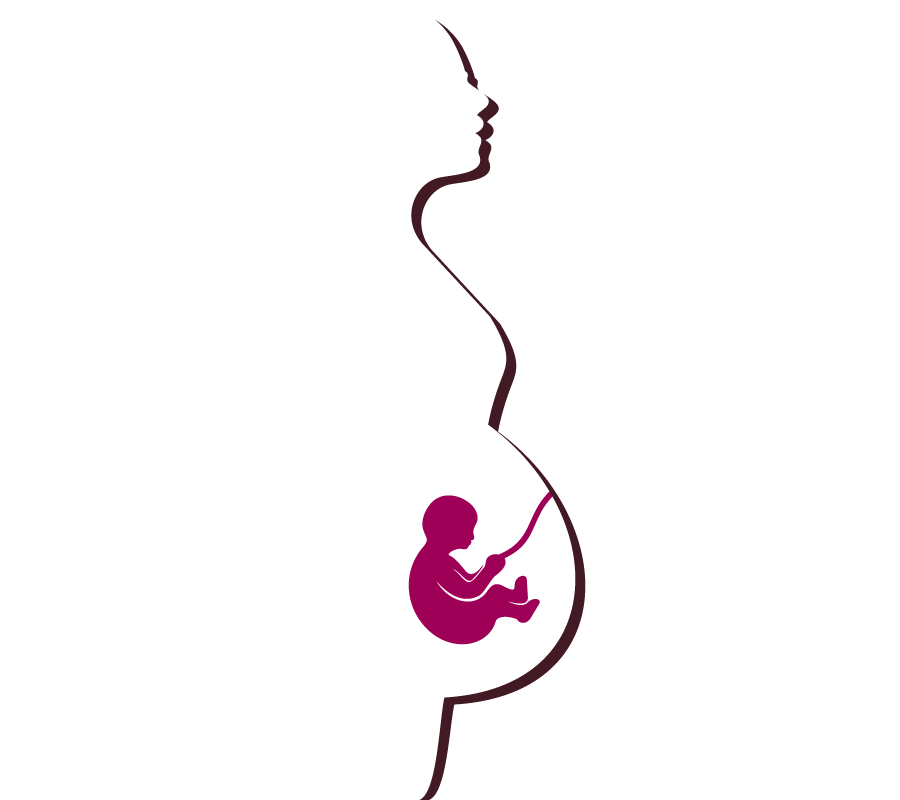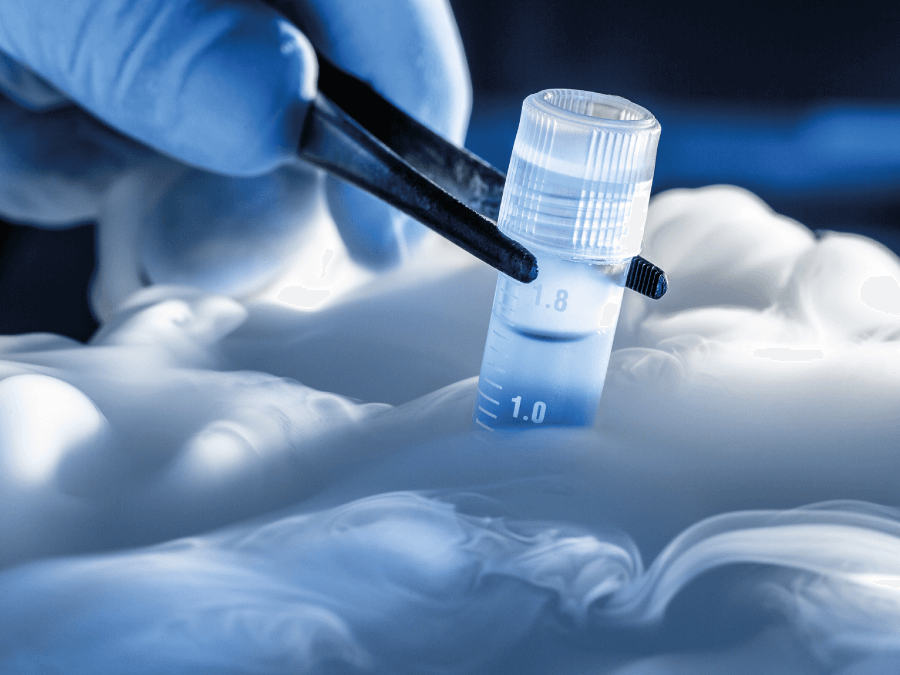What’s the difference between cord blood and cord tissue? Well, that’s a good question, and we’re often asked about it.
Not sure? Don’t worry. We’ve put together this blog to make everything crystal clear.
To be fair, there IS a significant difference, so we’ll take you through precisely what it is, and explain why storing your baby’s cord blood and cord tissue is well worth thinking about – as well as a few reasons to consider Cells4Life as your number one choice for stem cell banking.
Once you start looking into stem cell storage, and the life-changing benefits it can offer your family, you’ll start amassing a bank of knowledge. Not only is it a fascinating subject, it’s also good to get everything clear in your mind.
This way, you can make the best, most informed decisions going forwards.
Where We Are Now
In a nutshell, you may have been aware of cord blood banking for some time. Why? Because it’s been on everyone’s radar for quite a long time from breaking news articles on clinical trial results for conditions such as Diabetes through to Cancer. The concept of cord blood banking began in 1982, when a scientist called Edward A. Boyse wisely suggested that the umbilical cord, a rich source of stem cells, was being wasted after birth.
And, how right he was! Stem cell therapies using cells from cord blood can, 40 years later, treat the root causes of 80 medical conditions and health issues.
Using cord tissue however is a more recent, but, we think equally exciting development. The stem cells from tissue are distinct (we’ll explain how) and although research is ongoing, when it comes to the extra life-saving potential of tissue-harvested cells, the future looks bright indeed.
Something to Know
Cells4Life is the only UK stem cell storage bank that offers you the opportunity to store your infant’s cord blood AND cord tissue in multiple samples. In this way, you are maximising their access to the highest number of stem cells possible. Equally, access to what could be multiple treatments for the conditions that he or she may suffer from as they age.

So, What is Cord Blood?
After your baby has been delivered, as the name implies, we find cord blood in the umbilical cord and the placenta. The cord is clamped, and between 60ml and 90ml is taken to be stored.
Despite this relatively small amount, it will contain literally millions of a specific type of stem cells called hematopoietic cells, with these latter being isolated and stored.
And Cord Tissue?
Cord tissue is the insulating material that surrounds the vessels of the umbilical cord – otherwise known as Wharton’s jelly. Upon delivery, the doctor will clamp and cut the cord. After gathering cord blood, we harvest a piece of cord tissue around 10 centimetres long, which can then be saved.
Billions of stem cells are present, not only within the Wharton’s jelly but also in other regions; With its clear, jelly-like appearance, cord tissue contains a strong source of mesenchymal stem cells. In other words, many of these cells are not found within umbilical cord blood.
Obviously, hematopoietic and mesenchymal stem cells are different, so let’s explore these distinctions a little more.
Stem Cells from Cord Blood
Stem cells are the cells from which all other cells with specialised functions are generated.
Simply explained, they’re the body’s raw materials.
Under the right conditions in the body, stem cells divide to form more cells – which we could refer to as “daughter” cells. These daughter cells can then develop to take on highly specific functions, becoming brain cells, for example, or heart muscle cells, bone cells and so on.
At birth, we have an incredibly dense amount of stem cells. As mature adults – substantially fewer. They decline in proportion and number as we age. Yet, they’re incredible biological power houses, so we must act quickly. In fact, immediately after delivery.
Taking and storing these hematopoietic cells from the blood in babies’ umbilical cords enables scientists potentially to use them to treat blood and immune system disorders, as well as certain cancers and metabolic conditions. It’s possible even to generate healthy new cells to replace those affected by disease.
This type of regenerative medicine has already been proven to be highly effective. In our opinion, it’s next-level miraculous, and we’re so proud to be playing our part in the drive towards better long-term health for all.
You can read more about cord blood here.
Stem Cells from Cord Tissue
Umbilical cord tissue offers a valuable additional source of stem cells, showing enormous potential to treat issues previously thought beyond the reach of medical science. Not only does the umbilical cord carry blood from you to your baby (and back again) during pregnancy, it’s full of several types of stem cells, including mesenchymal stem cells.
Otherwise known as MSCs – and slightly easier to spell – these cells can rapidly divide, regenerate and differentiate into several cell types. Current studies have shone a positive light on heart and kidney disease, multiple sclerosis, Parkinson’s disease, and Alzheimer’s.
Interestingly, given that MSCs can also respond to inflammation and help repair tissue, researchers are hoping that through treatment, athletes with sports injuries could be back on the track much more quickly.
The Cells4Life Difference
We believe that as future parents, you may wish to think not only about what can be achieved NOW, but also what the future could bring. It makes sense to collect both blood and cord tissue, which can be done quickly and easily.
You’re paying it forward for the health and wellbeing of your longed-for child, offering them a life-altering legacy, long after you’re no longer around.
And why wouldn’t you? Love is life.
Here at Cells4Life, we’ll harvest and store the entirety of the umbilical cord tissue sample, meaning that we can gather both blood and tissue at the same time.
We’re the only UK stem cell banking operation to do this.
What’s more, as mentioned, we’ll offer you the chance to store blood and tissue in multiple samples, providing security and peace of mind for several treatments in the future.
If you’d like more information about stem cell banking from Cells4Life, complete the form below to request an information pack. We’d be delighted to hear from you.
Request a Welcome Pack
Find out more about cord blood banking by downloading a Welcome Pack now.








